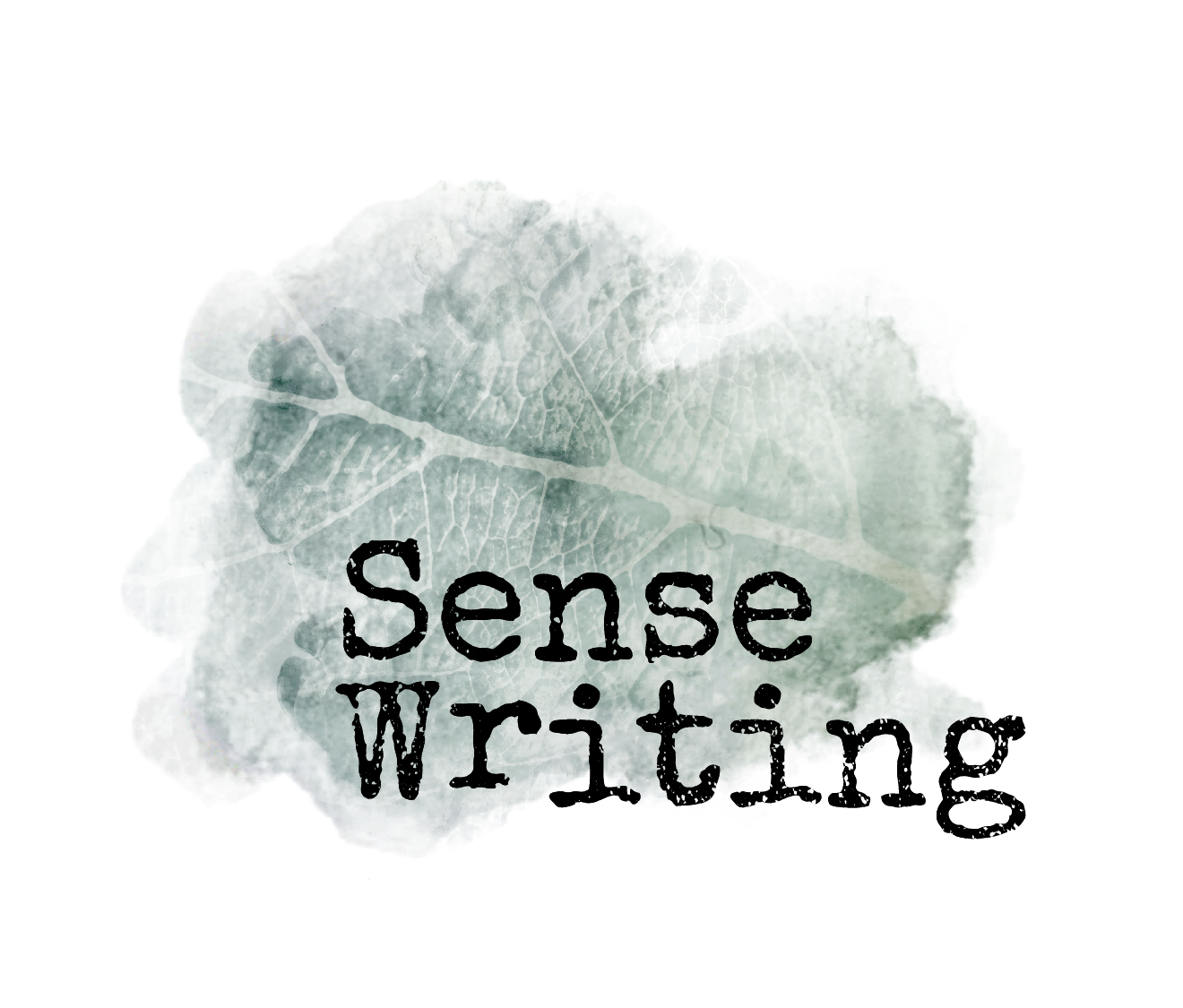Paradoxes are useful to us as artists. They have the ability to keep us engaged without strain, providing processes for us to explore that are vast, yet contained. There are many paradoxes that keep us immersed, in pre-conscious and conscious ways, in the flow of creativity.
One of the paradoxes of Sense Writing is not to write into blocks. Many people who come to a Sense Writing workshop are new writers never having written before, hesitant to even begin. But many are experienced writers who feel stuck in a particular project and want to somehow crack that part open; like a localized therapy to massage and soften a tight shoulder.
Working With Your Nervous System and Not Against It
Sense Writing explores the connections between movement, thought, emotion, and the senses, allowing people to work with their nervous systems to find places of ease and flow. So instead of taking a hand or finger to that contracted area of a story and trying to get it to release, forcing it to yield somehow (and often finding resistance), we look elsewhere. If someone is stuck in a story, we play with time and work on a section which surrounds this hardened terrain — we find other places of ease and direction. Going into one part of our writing landscape, whether real or imagined, and refining the connections between movement, thought, emotion, and the senses, supports and softens the entire landscape.
Similarly, in the Feldenkrais Method, there are also many strategies that allow you to work around difficult areas. Because Feldenkrais works directly with the nervous system and brain as a whole, for a person with an immobilized shoulder for example, there would be no prescribed sequence. Instead, the practitioner would go slowly, seeing where ease and access in movement already exist and using this ease to eventually suggests new options to the person's nervous system.
Learning (and creating) happen best in a parasympathetic state. Because the brain has contracted the muscle for a reason, it needs to be tricked out of its resistances-- with respect and tenderness. Otherwise, the softening will be shallow and temporary. As one of Feldenkrais' original students Ruthy Alon writes in “Mindful Spontaneity,” “When movement is difficult, you are entitled to the assistance of various compromises, such as partial movement, all kinds of supporting pads, rhythm change, activation from another direction, assistance from another part of your body.” (p.60) All of these have their corollaries in numerous Sense Writing sequences— and in all creative processes.
No Pickax Needed
Psychiatrist Norman Doidge, in his first book on brain plasticity, “The Brain that Changes Itself,” showed us how the brain is much more homogeneous than once thought. When one part is optimized, other parts benefit. Similarly, in our writing landscape, till one section— and soil loosens in the others. I have found this especially beneficial in the case of people who have experienced trauma. Some come to my workshops eager to write into that part of their lives they never could before. As writers and artists, we are often encouraged to go inside of places that are difficult— and dig— and often we get stuck there. Either it stops yielding or it yields too much and becomes our one voice.
In Sense Writing, participants are encouraged to take their time (hardened terrain is hard for a reason). By going into other stories, other times, other landscapes, they end up discovering how movement, thought, emotion, and the senses connect in any story. When it's time to circle back into what was “blocked,” the connection between viscera and narrative has strengthened, and that original block not only yields more easily, but has shifted and changed.



